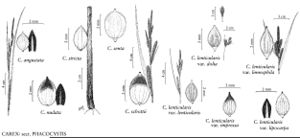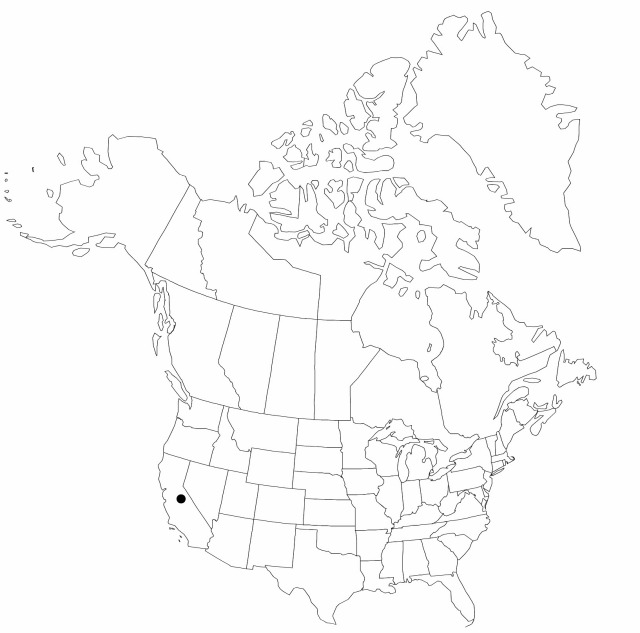Difference between revisions of "Carex schottii"
in W. H. Emory, Rep. U.S. Mex. Bound 2(1): 231. 1859.
FNA>Volume Importer |
FNA>Volume Importer |
||
| Line 47: | Line 47: | ||
|publication year=1859 | |publication year=1859 | ||
|special status= | |special status= | ||
| − | |source xml=https://jpend@bitbucket.org/aafc-mbb/fna-data-curation.git/src/ | + | |source xml=https://jpend@bitbucket.org/aafc-mbb/fna-data-curation.git/src/f6b125a955440c0872999024f038d74684f65921/coarse_grained_fna_xml/V23/V23_693.xml |
|genus=Carex | |genus=Carex | ||
|section=Carex sect. Phacocystis | |section=Carex sect. Phacocystis | ||
Revision as of 19:09, 24 September 2019
Plants cespitose. Culms acutely angled, 75–150 cm, scabrous. Leaves: basal sheaths red-brown; sheaths of proximal leaves bladeless, scabrous, fronts with brown spots, prominently ladder-fibrillose, apex U-shaped; blades 10–15 mm wide. Proximal bract longer than inflorescence, 10–12 mm wide. Spikes erect; staminate 3–4; pistillate 3–5; the proximal pistillate spike 4–13 cm × 5–7 mm, base attenuate. Pistillate scales red-brown, equaling perigynia, apex acute, awnless. Perigynia ascending, pale brown with red-brown spots throughout, 5–7-veined on each face, somewhat flattened, loosely enclosing achenes, ellipsoid, 3.2–3.5 × 2 mm, dull, apex obtuse or acute, papillose; beak 0.2–0.3 mm. Achenes not constricted, dull.
Phenology: Fruiting Jun.
Habitat: Wet meadows along streams
Elevation: 0–2500 m
Discussion
Carex schottii may be a member of the C. stricta subgroup; it requires additional study. The bladeless, scabrous, ladder-fibrillose sheaths of proximal leaves and the hypostomic leaves indicate a relationship with the group, but the elongate inflorescence bract, 3–4 staminate spikes, and the broad leaves are unique within the group.
Selected References
None.

